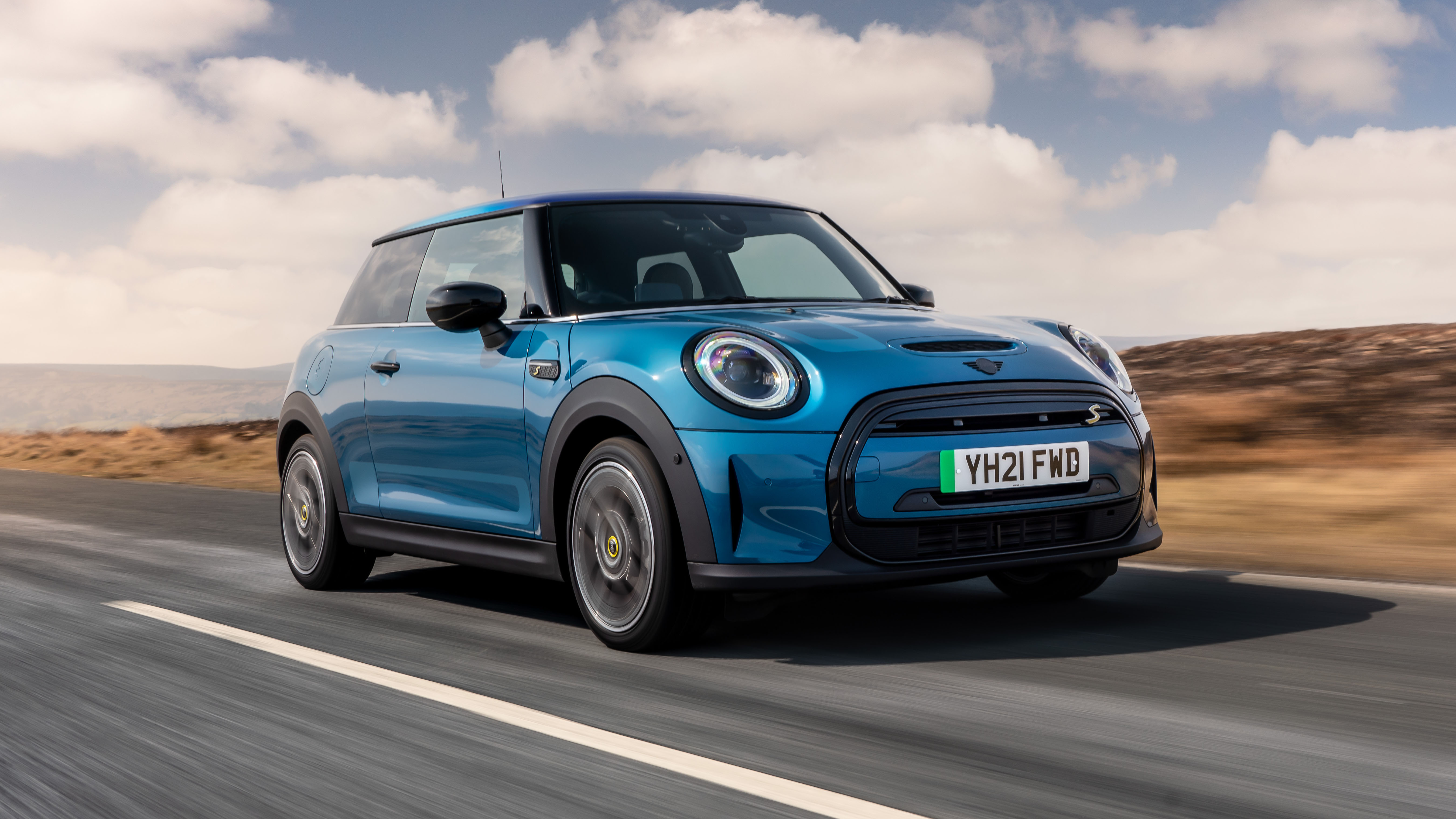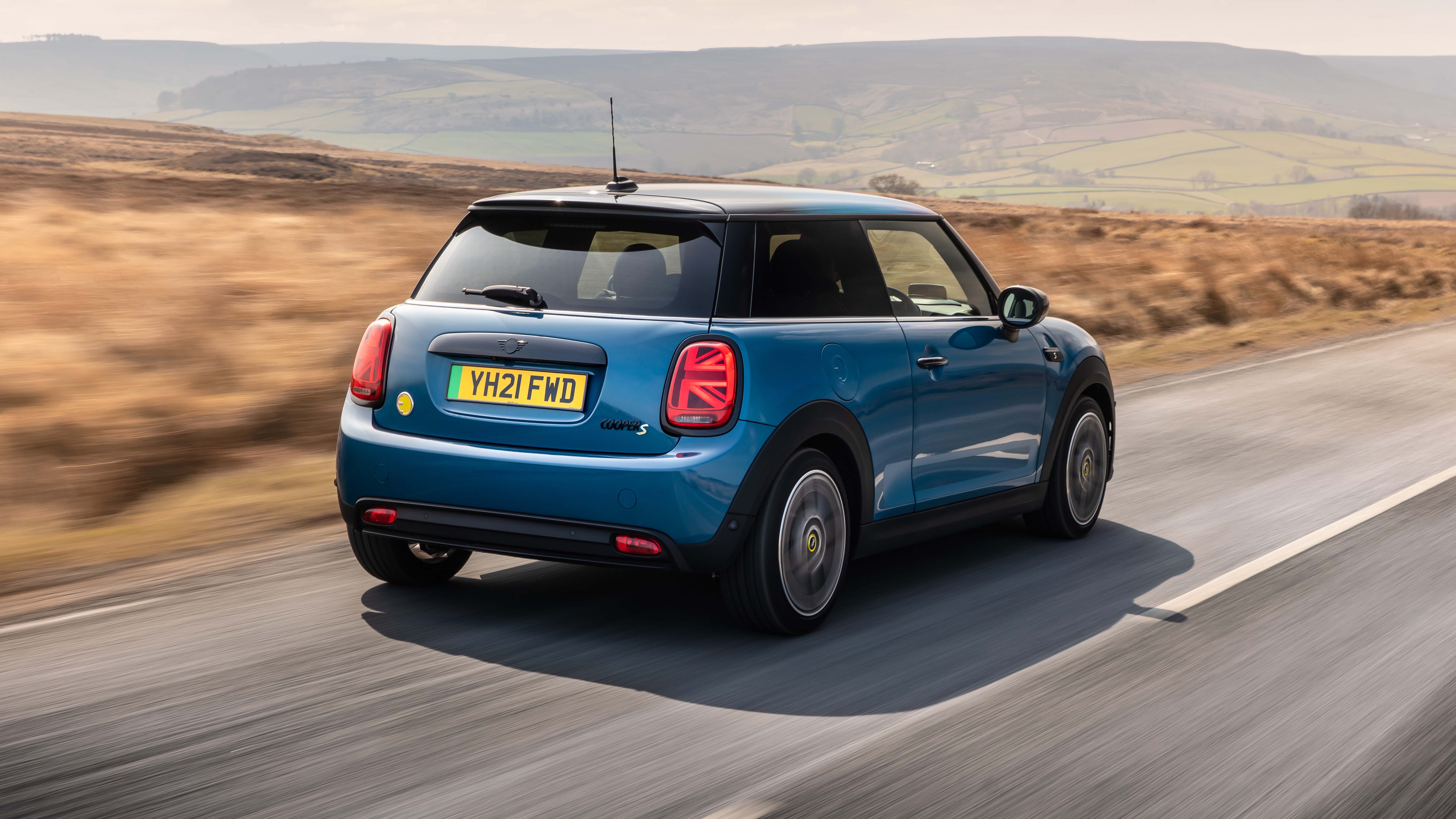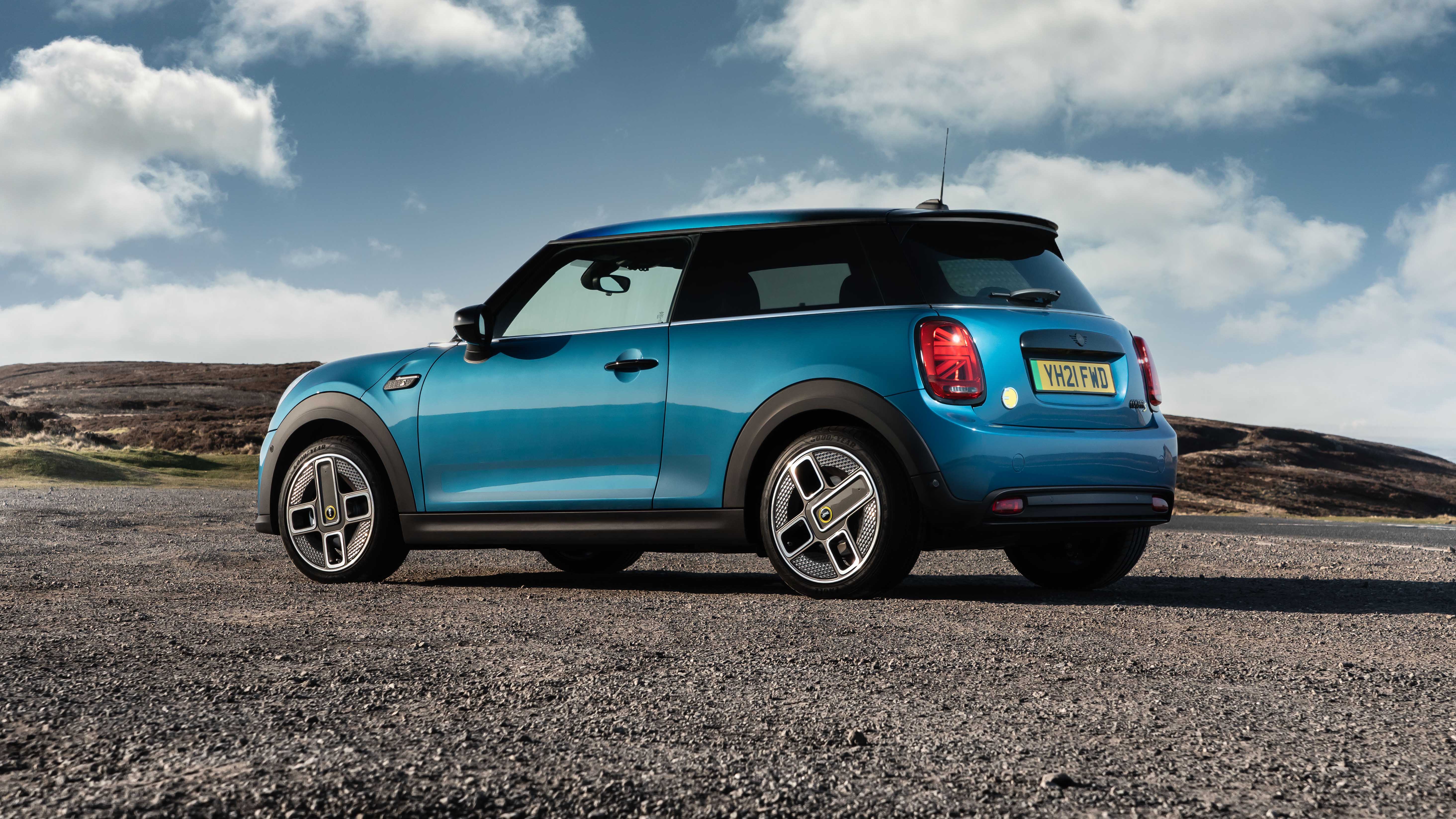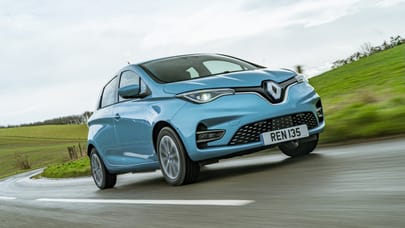
Mini Electric (2019-2023) review
Good stuff
Mini’s trademark agility survives (almost) intact, useful pace, battery doesn’t eat into the cabin
Bad stuff
It wasn’t that spacious in the first place, the ride’s tougher than the petrol, 120-mile range is limiting
Overview
What is it?
It’s the Mini Electric, if you’re buying one in Britain. If you’re hailing from anywhere else in the world then, confusingly, this is the Mini Cooper SE. And wherever you buy it, you still get a fluro green-tinted ‘Cooper S’ badge on the boot. What’s underneath, however, remains exactly the same.
First launched in 2020, the fully electric Mini is a big one for the company. So much so, in fact, that a completely new version with bigger battery options is just around the corner already. But how does the original (if we discount the 2009 Mini E trial) stack up?
A big Mini, you say?
Yes, because Minis are objectively desirable. BMW’s reborn city car consistently sells strongly, offers rock-solid residual values, and drives with a slightly cartoonish but ultimately endearing vim. It’s the sort of car owners give names to.
It’s cute and well put together enough that the premium prices have never been a barrier to its rampant success. And these days, there just happens to be one that you plug in instead of fill up.
How fast is it with electrons for fuel?
Driving the front wheels, there’s a single electric motor, dishing out 181bhp – pretty much the same power as a 2.0-litre petrol-powered Cooper S. The Mini Electric is heavier however: 145kg heavier than a Mini Cooper S with the automatic gearbox.
But, the 199lb ft of torque is instant, the centre of gravity is lower, and Mini worked tirelessly (using battery intel harvested from the BMW i3) to package the cells into the three-door hatchback’s shell.
So, while it's hardly the most spacious car in its class to start with, Mini can and does proudly claim that the legroom and boot space hasn’t been diminished at all by the addition of 32.6kWh of lithium-ion goodness (although just 28.9kWh of that is useable). Head over to the Interior tab for more.
Hooray! But is the range still adequate?
Mini claims a range of between 140-145 miles. On a direct comparison with a petrol-juiced Cooper S that’ll average low 30s to the gallon and get over 300 miles per tank, it looks catastrophic. But Mini is defiant: choosing this sort of range compromise keeps the battery size, weight and charging time manageable – not to mention the cost – and suits what Mini predicts folks will use the car for.
It's been a big seller so far too, with over 43,000 units shifted worldwide in 2022 alone, making this the most popular Mini of all. And yet, Mini has still decided that the new generation needs a bigger battery, so make of that what you will.
Still, the good news here is that the chassis team didn't simply head down der pub while the marketing bods got to work. The modern-age Mini still feels as agile, surefooted, and as chuckable as every Mini should. Heavier, mind, and not as plush-riding as some of its rivals, but that's never been the Mini way. Full details over on the Driving tab.
So how much does it cost?
Prices start from £32,550 OTR, with the Mini Electric coming in two easy-to-understand trim levels handily named Level 2 and Level 3 (previously a £29k Level 1 was available, but you can no longer spec that in the UK).
There seems to be an ever-revolving door of special editions though too, the latest being this £52k convertible version. So don't be surprised to see another option should you browse the configurator. Get the full lowdown over on the Buying tab.
It’s not short of rivals either – among them the Fiat 500, Honda e, Peugeot e-208, Renault Zoe, Ora Funky Cat and Vauxhall Corsa Electric, to name but a few – so it’ll need to rely on more than just its looks to tempt buyers.
Want to know what the best electric cars are? Click here for the top 20
Our choice from the range

What's the verdict?
The Mini Electric is a very complete little EV. It preserves pretty much everything we like about a standard Mini Cooper S, but it’s more accelerative where it matters, and has zero local emissions. It proves that the hot hatch will have a future as an EV. And it reinforces something we learned with the VW e-Golf – that an electric car doesn’t have to be wantonly radical to be a success. Stuffing a car we already know and like with battery cells can, with the correct execution, be a good tactic.
However, the Mini asks you to understand a few home truths. BMW could have given it more range and will do down the line. But, that will likely make it heavier and more expensive, with longer charging times and less cabin space. For this first proper production attempt it studied a lot of Mini owner data, sussed out the average Cooper S travels 26 miles a day, and moulded the Mini Electric’s performance to suit that brief, needing only a couple of recharges to slip into the average Mini audience’s life unnoticed.
It's a strong addition to the Mini family. We’ve always championed the weight-saving, space-giving packaging of the now retired BMW i3, so now it’s over to Mini to see if the conventional approach can do the numbers.
The Rivals
Trending this week
- Car Review
Bentley Brooklands










